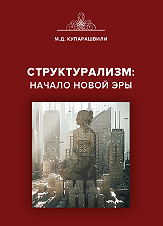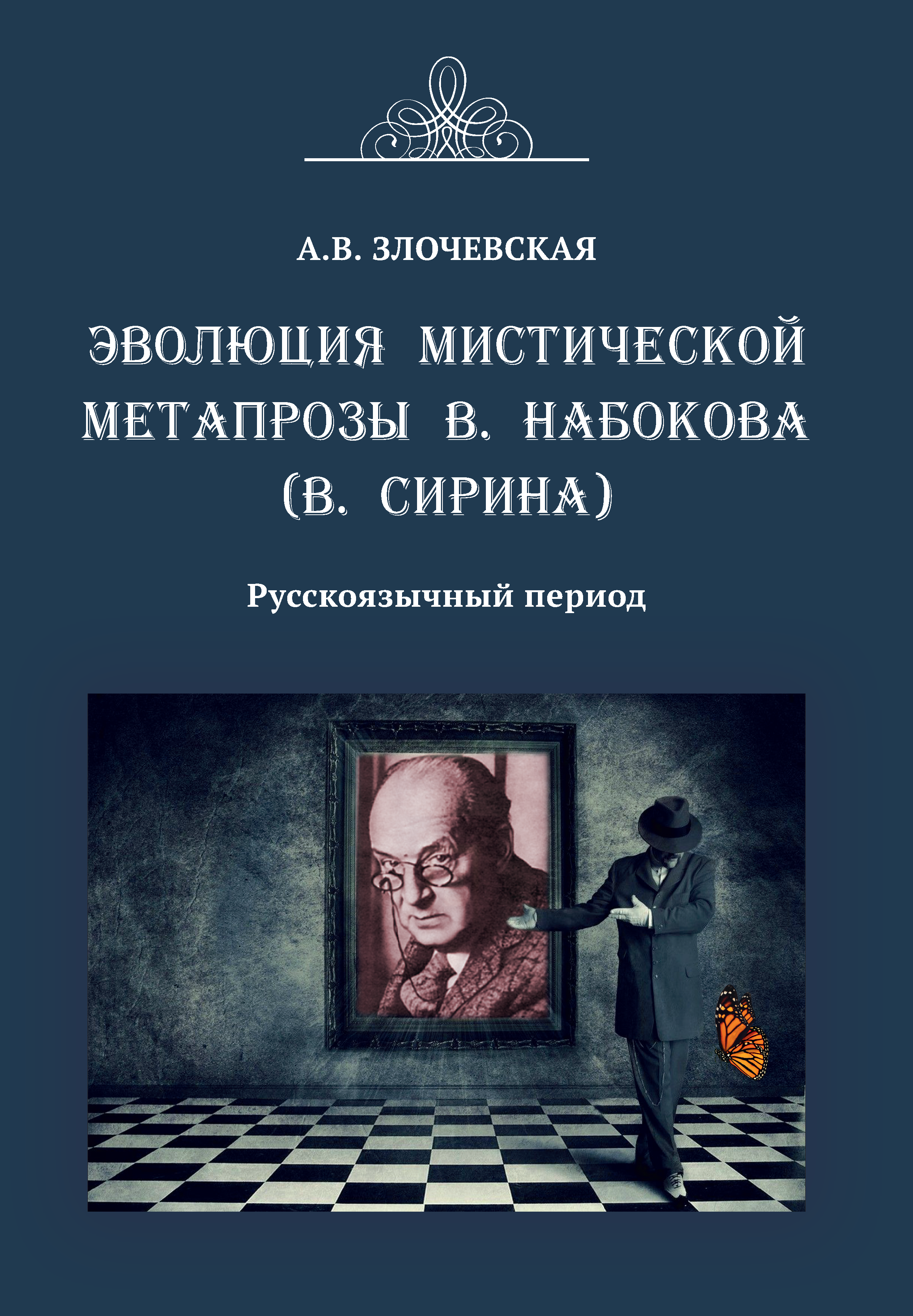UDC 378:37/09:81
https://doi.org/10.20339/AM.02-22.060
Vladimir I. Khairullin, Doctor of Sciences (Philology), Professor at Bashkir State University, e-mail: vladikh@yandex.ru
The article deals with the problem of choosing innovative methods of teaching foreign languages in higher education. One of them recognizes the reconstructive-associative method as the most relevant in the conditions of modern globalization, characterized by a variety of cultures and a variety of languages, i.e. plurilingualism. The method is based on the concept of a bridge language, a connecting language or an intermediary language, proposed by the European Understanding program. This approach involves the use of English or French when teaching a number of Germanic/Romance languages. At the level of teaching foreign languages in Russian universities, the concept of a bridge language is promising when developing training programs for a bilingual audience. At the same time, it is transformed into the concept of the reference language, which in our country is usually Russian. It is recognized that the supporting language does not have to be native. Its role can be the first foreign language, for example, English when teaching a second foreign language (French) language. The proposed innovative approach opens up promising horizons of both educational and didactic and methodological plans for innovative teachers who are able to respond to the challenges of the modern world with their creativity and high language competence.
Key words: foreign language, English, French, approach, method, restructive-associative, innovative, support language.
References
1. Lahlou, K. The importance of intercultural communication in an ever-changing world. Language, Culture and Change. 2021. No. 2. P. 43–50.
2. Takahashi, T. Wronged translators in U.S. — Japan politics. Asia Pacific Translation and Intercultural Studies. 2021. Vol. 8. Iss. 2. P. 99–116. URL: https://doi.org/10.1080/23306343.2021.1932366 (accessed on: 25.11.2021).
3. How many people speak English in the world? URL: https://intelife.ru (accessed on: 29.11.2021).
4. Vetchinova, M.N. The present and future of francophone world, or The battle for French. Filologicheskie nauki. Nauchnye doklady vysshey shkoly. 2021. No. 4. P. 41–48. DOI: 10.20339/PhS.4-21.041
5. Castagne, E. Les langues anglaise et française: amies ou ennemies? / English and French languages: friends or enemies? Ela. Études de linguistique appliquée. 2008. Vol. 1. No. 149. P. 31–42.
6. Paris World Wide. 2018. No. 28. 170 p.
7. Papadopoulos, I. Sketching the reading profile of young language learners. Language, Culture and Change. 2021. No. 2. P. 141–151.


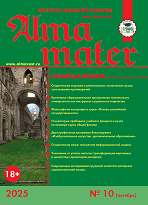
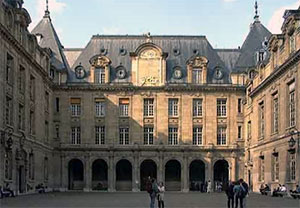
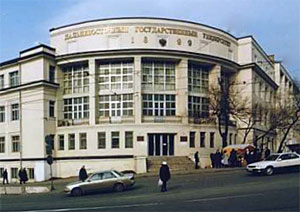
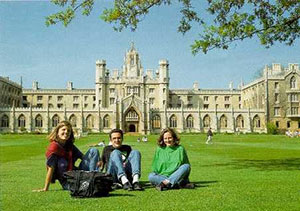

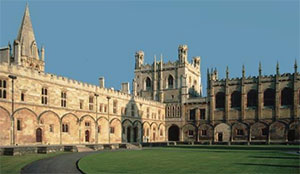
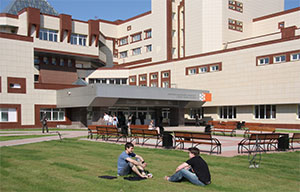


.png)
